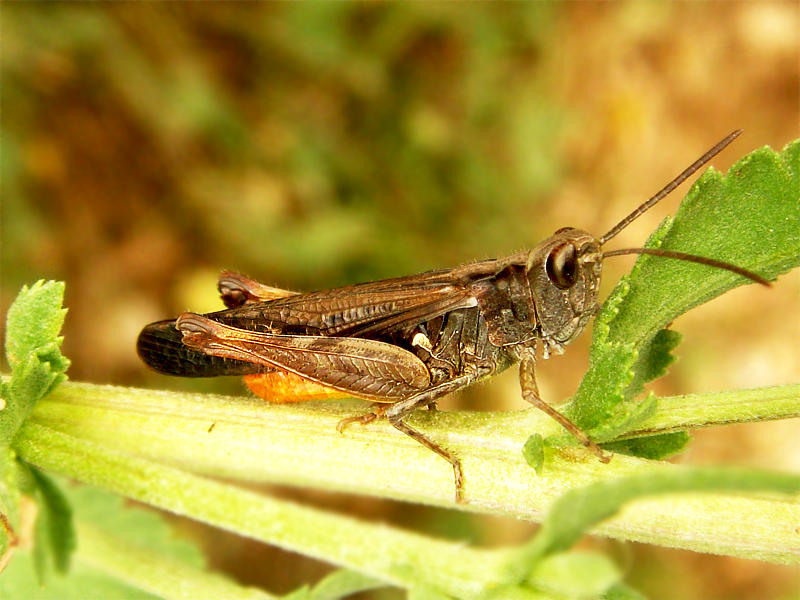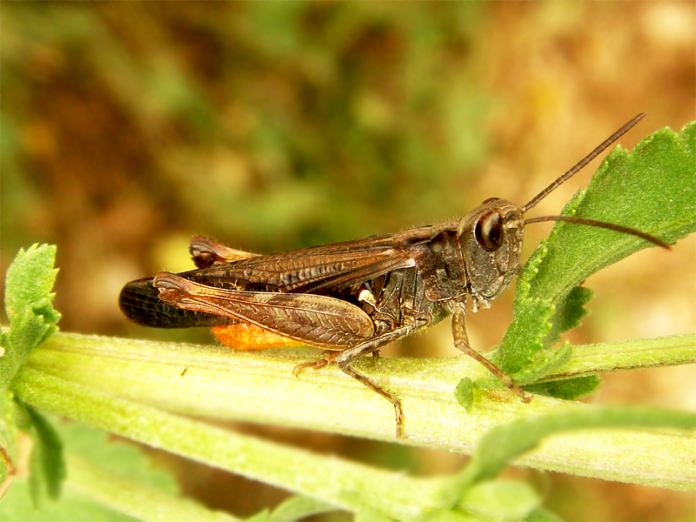By Okong’o Oduya
Busia County, Kenya: Different government agencies have been urged to jointly fight the locust menace that is threatening Kenya’s food security currently.
Ministry of Agriculture, Devolution for Emergency Supplies, Internal Security and, Ministry for Defense have been asked to jointly fight the locust menace in Kenya.
Busia Deputy Governor who is also an expert in migratory pests in East and South African regions, Moses Mulomi said, the efforts put in place by the government to tackle the problem need to be enhanced.
According to Mulomi, if this problem is not jointly handled by different agencies, the population of the locusts will be beyond the capacity of anybody to manage.

“The Ministry of agriculture, Devolution for emergency supply, Internal security and Defense need to get together and look at this thing as a national issue, locusts will threaten food security in the country.” He said.
Mulomi who is also an entomologist says the organization that fights red locust in the region such as the Desert Control Organization of East Africa, International Red Locusts Control Organization based in South Africa does not have enough capacity to deal with locust invasion, adding that they are handicapped because of lack of resources. He called upon the countries concerned to pay up their dues to these organizations to avoid this kind of challenge.
He also noted that there is a need to use more improved planes to spray pesticides adding that the 1939 B.VA aircraft in use today were used in the Second World War which is not efficient.
“We would like to see these organizations provided with the appropriate equipment, the planes we are using at the moment are doing a good job but you know that is a 1939BVA aircraft for the second world war, today we have modern aircraft that can do that work effectively, ” Mulomi stated.
While addressing the press, Mulomi says the 3000L of chemicals used in spraying the locust was not enough adding that there is a need for countries such as Morocco, Egypt, and Libya to chip in and support since they are prone to locust and have emergency chemical products to tame the insect.
“I would like to caution also that I have seen 3000L. This is completely inadequate. We are talking of millions of hectares that are in danger of being invested. We should have done our work earlier. That would have given us time to manufacture enough chemicals to control the locust. But since that didn’t happen, it means we either trans-locate from other countries in northern African countries that normally keeps adequate stoke,” he said
However, he warned the danger the chemical might have a negative impact on social and environmental being in areas affected. He said there is a need to considering social and environmental issues in areas that are affected by the pest.
It is not a question of just blanket spraying in these areas. You are going to spray in areas where there are animals, water points and the chemicals must be appropriate. Chemical misuse might be harmful to the community,” he said
He further noted that the Red Locust has five active breeding spots in Wembere, Rukwa, Iko Katavi, Malagarasi and Bahi plains in Tanzania and are active in breeding the pest which needs to be closely monitored to prevent the spread adding that the condition is conducive enough to breed.
In Kenya, the locust has already invaded five counties including, Wajir, Mandera, Garissa, Meru, and Isiolo.














